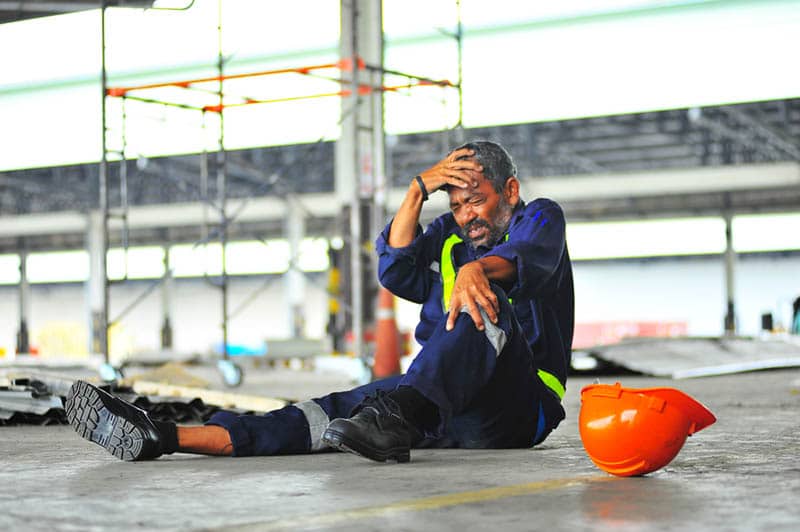The term “work injury” can be simultaneously very specific and confusingly vague. If you get a paper cut while at work, does that constitute a workplace injury? Probably not. What about an anxiety disorder brought forth by consistent stress? That actually could be considered one. It’s tricky, and in an attempt to define these injuries, there are different ways in which workplace hazards are qualified. Belal Hamideh, a work injury lawyer in California, breaks down these types of hazards.
Physical Hazards
There are many different types of potential physical hazards in the workplace, a lot of which are environmental hazards that can cause harm with or without actual contact. These can be ergonomic hazards, such as physical conditions that can pose risk to a worker’s muscles, ligaments, joints, and bones. Additionally, radiation is a common concern in several different workplaces. It will be necessary for the workplace to provide adequate protection to those who might be exposed to it. Heat and cold stress, as well as vibration hazards, should also be taken into account. These can have a quiet yet significant impact on the workers, leading up to illness or injury without prior notice. This same concept applies to noise hazards, to a point in which occupational hearing loss has become the most common occupational illness in the manufacturing sector.
Biological Hazards
There are biological agents such as toxins and microorganisms that can cause significant health problems in workers. For example, if working outside, there are plenty of potential biological hazards, such as exposure to insect bites and stings, contact with poisonous plants, fungal diseases, and infection caused by transmitting agents. On the more obvious side of biological hazards, you have healthcare professionals, for they are at risk of exposure to blood-borne illnesses and emerging infectious diseases. This can be particularly risky when the healthcare system is overwhelmed and protections for healthcare professionals are neglected. This doesn’t apply solely to medical professionals, for veterinarians and other animal handlers are also at high risk of these occurrences.
Chemical Hazards
Chemical hazards, as opposed to biological ones, stem from exposure to chemicals instead of biological agents. There are many different kinds of chemicals that can cause harm to a worker. These can include carcinogens, neurotoxins, immune agents, systemic toxins, reproductive toxins, dermatologic agents, asthmagens, sensitizers, and pneumoconiosis agents, among others. Workplaces where workers are exposed to engine exhausts, silica dust, and welding fumes, among other hazards, can cause both acute and long-term effects on the employees’ health. Such effects include heart disease, pulmonary heart disease, high blood pressure, and strokes.
Psychosocial Hazards
Commonly ignored or dismissed as unimportant, there has been more awareness raised about potential psychosocial hazards in recent years. These work stressors affect the psychological, physical, and social well-being of workers by way of the organization, design, or management of the workplace, as well as the socio-economic context of the job itself. Manifestations of psychosocial hazards include anxiety disorders, occupational burnout, depression, hypertension, and cardiovascular disease. These can come as consequences of strenuous working conditions that disregard the emotional well-being of the worker and the impact this might have on their everyday life in and out of their job. It’s very important to remember that work injuries are not always that obvious or visible.


